Leading Groups on Twennie
Lead learning like delivery: clear purpose, short cadences, and visible wins. This topic shows leaders how to assign focused units, run light check-ins, and use Twennie dashboards so teams learn fast without stalling project work.
Leading a group on Twennie means translating intent into steady progress using 20-minute bursts. You’ll set a crisp purpose for the next 30–60 days, choose a simple cadence (weekly or bi-weekly), and curate short units that map to real project needs. We’ll show you how to assign work with tags, set due windows, and use dashboards so everyone can see what’s next—“my tagged units,” “units tagged by my leader,” and “completed leader-assigned units.” You’ll practice running lightweight check-ins, capturing notes where work happens, and closing each sprint with a brief debrief: what changed, what needs help, and what’s next. We’ll cover facilitation posture (guide, don’t lecture), how to keep momentum with prompt sets and badges, and which signals to track—quality, schedule reliability, client feedback—so learning ties back to delivery. The result is a group that improves together, on purpose, without adding administrative drag.


